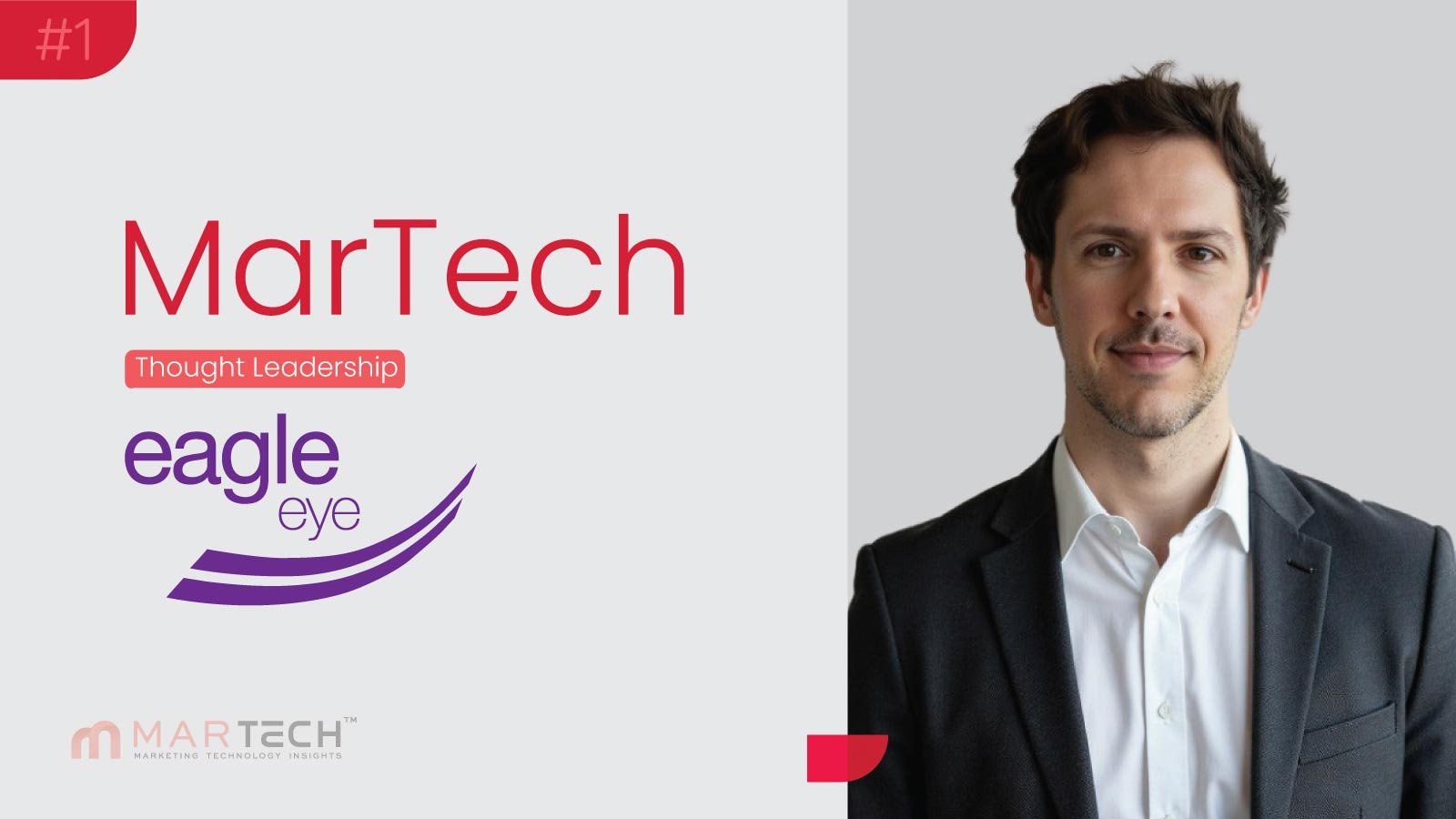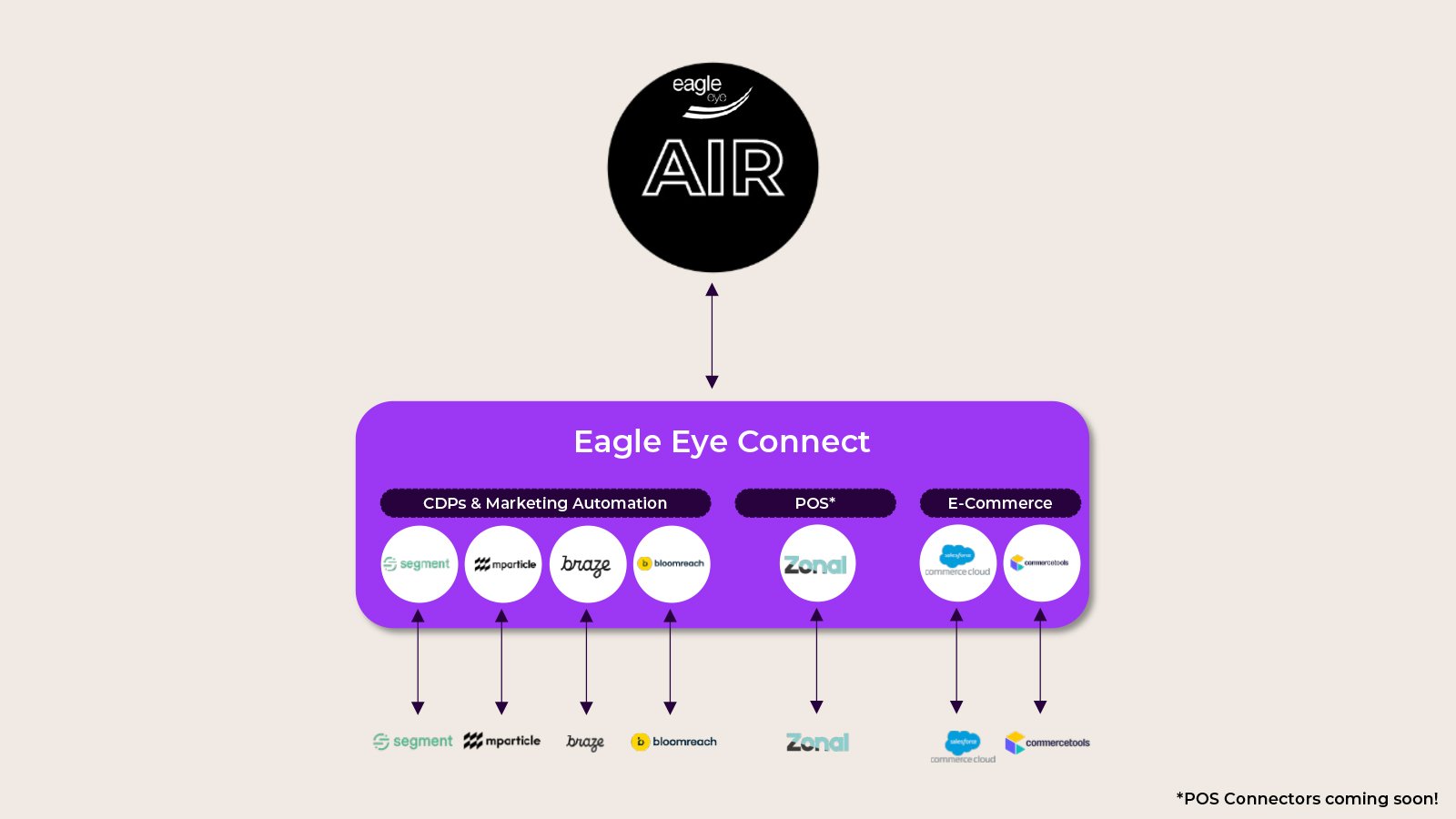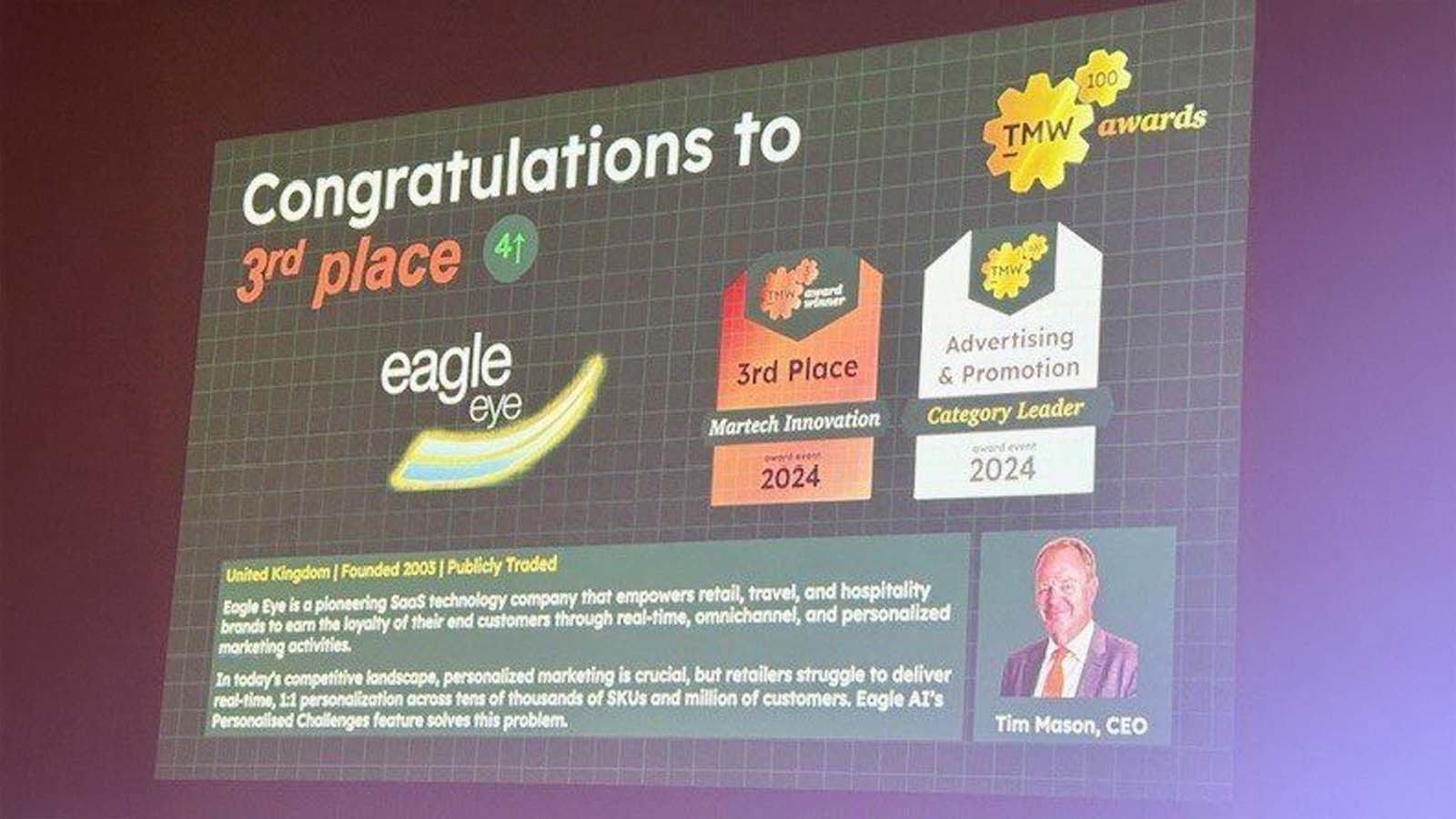8 min read
Build vs. Buy: Choosing the Right Martech Solution
Explore the pros and cons of building or buying martech solutions, with insights from Aaron Crowe, Regional Director, Asia at Eagle Eye.
Get the latest insights, research and news delivered straight to your inbox.
Plus, enter to win the 2nd edition of Omnichannel Retail by Tim Mason & Sarah Jarvis!
No spam. We promise. 💜
How ASDA leveraged Eagle Eye's market-leading loyalty platform and expertise to launch 'ASDA Rewards', deployed just 3 months after project kick-off.
Contact us to find out how we can enable your teams on our platform.


If you're bothering to read this article, you've surely already Googled or ChatGPTed, 'What's a composable technology architecture?'. You’ve no doubt also been researching SaaS platforms to integrate with the dream of creating an ideal architecture that will solve all your problems and convert all your customers.
While this might sound too good to be true, it's now within reach with proper planning, thorough research, and some common sense. (I’ve spent years both buying and selling software, so I believe I’m qualified to express an opinion on the issue.)
Before diving into the nitty gritty of composing a MarTech stack, let's sketch out what 'composable' means and how it relates to things such as MACH and Event-driven MarTech.
MACH stands for Microservices, API-first, Cloud-native, and Headless. These four principles can guide organizations in selecting and implementing technology in a way that facilitates flexibility and scalability.
Microservices architecture means breaking down applications into smaller, independent services that can be developed, deployed, and scaled independently. This approach allows businesses to add or update features without disrupting the entire system.
For instance, if you're a loyalty platform provider, you might need a system that allows you to add new loyalty programs or features as your business evolves – without overhauling the entire platform.
An API-first approach means designing software so that APIs are the primary way of interacting with the system. This promotes integration and modularity, allowing different systems to communicate and work together seamlessly. APIs enable you to call on specific components and services as needed, supporting a staged approach to building your tech stack.
For example, Eagle Eye Connect embodies an API-first, microservices approach by providing plug-and-play integrations that let you seamlessly insert Eagle Eye's capabilities into your current MarTech stack.
Cloud-native technologies leverage cloud computing frameworks to ensure scalability, flexibility, and resilience. Whether you use AWS, Microsoft Azure, or Google Cloud, the key is that your services are always accessible and can scale according to demand. Cloud-native applications are designed to take advantage of the cloud's capabilities, offering enhanced performance and reliability.
Headless architecture separates the back end from the front end, allowing developers to manage content and functionalities independently of the user interface. This means you can update back-end services without affecting the customer-facing parts of your application. In a MarTech context, headless systems enable you to deliver personalized experiences to customers while maintaining the flexibility to adapt and evolve your back-end systems.
Now that we’ve defined the MACH principles, let’s cover how to research, assess, and buy the most appropriate MarTech solutions for your organization.
Step 1: Research
You've built a strategy, pitched it to your senior leadership team (SLT), and received approval and a budget. Your first step is, of course, to thoroughly research potential vendors and platforms. You may wish to consult reports from the likes of Forrester and Gartner. Such reports are usually of some value, but you should keep in mind the companies behind these reports may have conflicting financial incentives.
Focus on the four pillars of lifecycle marketing: Acquisition, Data/Analytics, Activation and Retention. For each pillar, identify 3-5 top vendors. Look for vendors that align with your organization’s strategy and that can deliver the capabilities it needs.
When evaluating vendors, consider the following:
Step 2: Assess
Once you have whittled down your shortlist, the next step is to assess vendors’ suitability based on your specific needs and user journeys. Instead of jumping straight into demos, focus on defining the customer experiences you want to achieve. Outline the user journeys critical to your strategy and provide these to the vendors. Ask them to showcase how their solutions can support and enhance these journeys.
A trustworthy vendor will be able to demonstrate their capabilities in the context of your specific use cases. They should be able to provide case studies and examples that show how their technology can solve for each step in the customer journey.
Step 3: Buy
One of the most common mistakes organizations make during the buying process is focusing solely on price without considering the long-term value and alignment with their strategy. Price is important, but it should not be the sole determining factor. When negotiating with vendors, consider the following:
To summarise, here’s the five-step process I recommend if you are planning on buying any MarTech this financial year:
It’s really not as hard as you think.
By following the principles of the MACH architecture and focusing on customer journeys, your organization can build a MarTech stack that’s flexible, scalable, and future-proof. (Or at least as future-proofed as is feasible.)
Always remember that the goal is to compose a well-orchestrated system that enhances your ability to engage and retain customers. With the right approach, you could well reach a state of ‘MarTech stack nirvana’ and drive long-term success for your business.

Head of Sales Engineering, APAC
Passionate, confident and highly motivated, Miles is focused on designing and implementing practical and leading technology solutions for enterprise businesses. His passion for tech allows him to move organisations to the forefront of the technology sector, ensuring that the Business and IT are always aligned.
Get the latest insights, research, and news delivered straight to your inbox.
Plus, enter to win the 2nd edition of Omnichannel Retail by Tim Mason & Sarah Jarvis!
No spam. We promise. 💜

8 min read
Explore the pros and cons of building or buying martech solutions, with insights from Aaron Crowe, Regional Director, Asia at Eagle Eye.

1 min read
Eagle Eye Connect helps retailers accelerate martech integration by unifying personalization, loyalty, and CRM tools through API-first interoperability.

Eagle Eye ranks #3 in the 2024 TMW 100 Martech Innovation Awards, leading in AI-powered loyalty and personalization for retail and CPG brands.